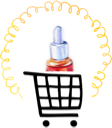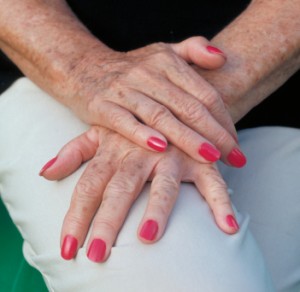 First things first, let’s dispel a skincare myth – sun spots, age spots and liver spots are actually all the same thing!
First things first, let’s dispel a skincare myth – sun spots, age spots and liver spots are actually all the same thing!
I tend to refer to the flat, brown, freckle-like blemishes as sun spots – as they are primarily caused by sun damage or overexposure to ultra violet light.
As a result, sun spots most commonly appear on skin most exposed to sunlight, such as the face, chest, shoulders, arms and back of the hands.
What exactly is a sun spot?
Within the epidermis are cells called melanocytes, which produce melanin pigment.
It is melanin that absorbs sun light and protects the skin from dangerous UVB rays.
A tan for example, is an even increase in melanin and our body’s way of shielding itself from potential damage.
When we overexpose the skin to strong sun, our body feels as if it is under attack, and melanin gathers in abnormal clumps – resulting in spots of darker pigmentation.
Are they dangerous?
Sun spots are a sign that the skin is damaged and doesn’t know how to respond – so they’re not great!
That being said, sun spots tend to be painless and inconsequential.
It is wise to keep an eye on their size and shape – if anything changes, then seek medical advice immediately.
How to prevent and cure sun spots
As is usually the case with these things, prevention is better than cure.
Avoid the sun at peak hours, for long periods of time and absolutely avoid sun beds!
Many believe that laser treatment is the only way to truly “remove” sun spots.
If, like me, you prefer a more natural approach then selecting products with regenerative ingredients, such as Rosehip BioRegenerate oil, can certainly improve their appearance.
The high levels of Vitamin C in Rosehip are also proven to enhance the clarity of the skin.


